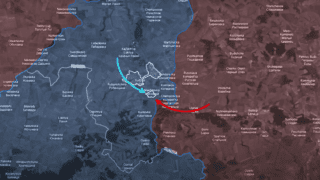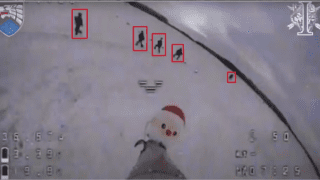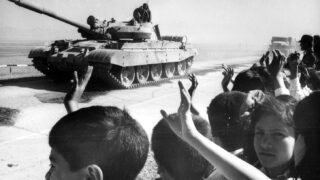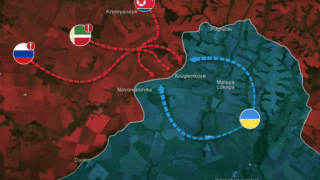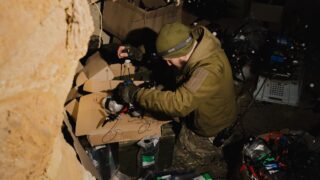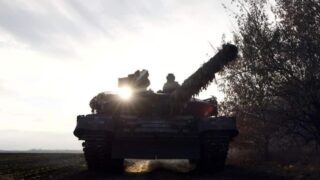Five lessons about warfare from Ukraine
Video Summary
In the early phases of the war in Ukraine, the Royal United Services Institute (RUSI) has issued a report on what can be learned about modern war. The report highlights five key lessons: Firstly, there is no sanctuary in modern warfare, as even distant locations can be targeted by missiles and drones. This means that military units must be prepared to operate from dispersed locations and be more mobile.
Secondly, warfighting requires significant slack capacity, as the consumption of ammunition and other resources can be “enormous” during a large-scale conflict. This highlights the importance of stockpiling resources and having a backup production capacity to meet the demands of war.
Thirdly, unmanned aerial systems (UAVs), or drones, are crucial and must be available everywhere. However, this also poses challenges for air traffic control and requires cost-effective counter-UAV systems.
The fourth lesson is the importance of electronic warfare (EW), which is not just about denying an opponent access to the electromagnetic spectrum but also about disrupting their ability to use it. This can create a “cat and mouse” game where forces constantly fight for control of the spectrum.
Lastly, dispersal and movement is key to survival on the frontline, as units must be dispersed to increase survivability and constantly move to disrupt the enemy’s kill chain. This poses significant command and control challenges, particularly with friend or foe identification and reducing the risk of friendly fire.














